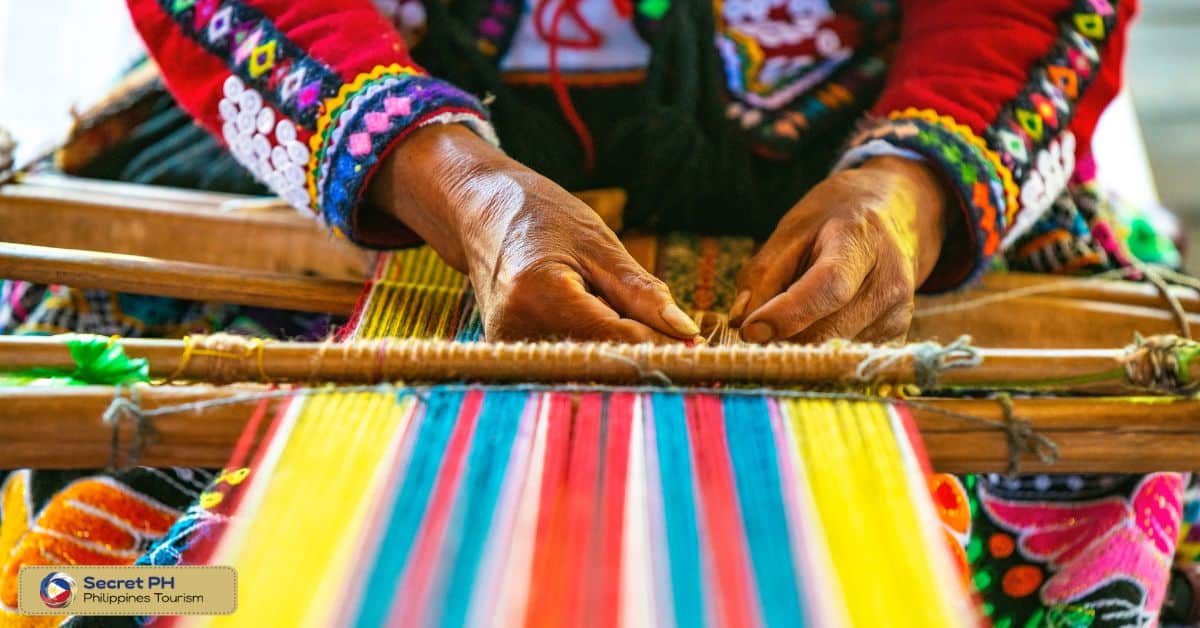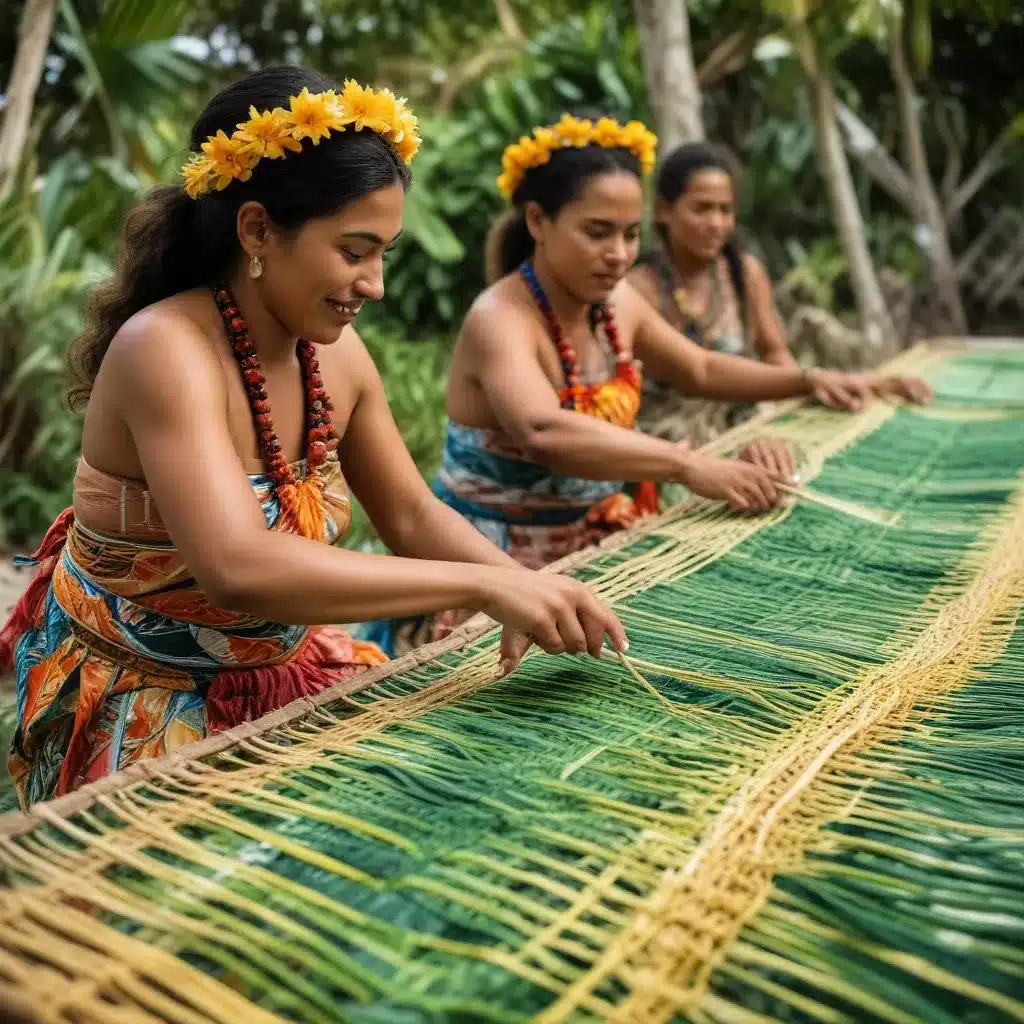
The Woven Narratives: Textile Weaving Traditions of Indigenous Cultures in Museum Contexts
Textile weaving, a practice as ancient as human civilization, transcends mere craft to embody the very essence of cultural identity, spiritual beliefs, and historical narratives for countless indigenous communities worldwide. These intricate creations are not simply functional objects but profound repositories of knowledge, art, and socio-economic structures. In the realm of museums, these woven traditions are presented, interpreted, and preserved, offering invaluable insights into the enduring legacy and dynamic evolution of indigenous cultures. This article explores the rich tapestry of indigenous textile weaving, examining its diverse forms, profound meanings, and the evolving role of museums in its presentation and stewardship.
The Tapestry of Tradition: A Global Perspective
Indigenous textile weaving traditions exhibit an astonishing diversity, shaped by environmental resources, historical interactions, and unique cultural philosophies across every continent.
The Americas:

In Mesoamerica, cultures like the Maya, Zapotec, and Aztec have a venerable tradition of cotton weaving, primarily using the backstrap loom. Their textiles are renowned for intricate supplementary weft patterning that depicts complex cosmological symbols, glyphs, and narratives. These garments, from huipiles (blouses) to ceremonial cloths, signify social status, lineage, and spiritual connection. Further south, in the Andes (e.g., Peru, Bolivia), Quechua and Aymara weavers utilize alpaca, llama, and sheep wool, creating vibrant textiles such as llikllas (carrying cloths) and aqsus (shawls). Their weaving often employs complex techniques like discontinuous warp and weft, tapestry weave, and complementary warp, resulting in dense, iconographic fabrics that map out their worldview, sacred landscapes, and community history. In North America, the Navajo (Diné) people are celebrated for their upright loom weaving, transforming churro sheep wool into iconic rugs and blankets with geometric designs, often reflecting sacred mountains, natural phenomena, and spiritual concepts. The Pueblo cultures also boast a rich tradition of cotton and wool weaving, producing ceremonial sashes and mantas.
Africa:
West African nations, particularly Ghana, are famous for Kente cloth, a strip-woven textile traditionally made by Ashanti and Ewe men on horizontal looms. Woven from silk and cotton, each pattern and color combination carries specific proverbs, historical events, and philosophical meanings, often reserved for royalty and significant ceremonies. In Nigeria, the Yoruba people developed Adire cloth, an indigo resist-dyed fabric where patterns are created through methods like tie-dyeing, starch resist, and stitching. These textiles often feature symbolic motifs related to their spiritual beliefs and social structures.
Asia and Oceania:
Southeast Asia is a crucible of diverse textile traditions. Ikat, found in Indonesia, Malaysia, Thailand, and the Philippines, involves resist-dyeing the warp and/or weft threads before weaving, creating blurred or feathered patterns. Each region has distinct patterns and color palettes that signify identity, status, and ceremonial use. Indonesian Batik, a wax-resist dyeing technique, is particularly intricate, with patterns often reflecting Javanese court culture and animistic beliefs. The Ainu people of Japan are known for their distinctive bark cloth and cotton textiles adorned with swirling geometric patterns, believed to ward off evil spirits. Across Oceania, particularly in Papua New Guinea and parts of Polynesia, barkcloth (tapa) is decorated with intricate patterns using natural dyes, serving as ceremonial garments, blankets, and sacred objects.
Materials and Techniques: The Weaver’s Lexicon
The foundation of indigenous textile weaving lies in the masterful manipulation of natural fibers and sophisticated techniques.
Fibers: Indigenous weavers ingeniously harness locally available resources. Common fibers include cotton (Mesoamerica, West Africa, Southeast Asia), various types of wool (alpaca, llama, sheep in the Andes; sheep in North America), silk (Kente, some Southeast Asian ikats), bark fibers (Ainu, Oceania), agave, yucca, nettle, and raffia. The preparation of these fibers—from harvesting and cleaning to spinning them into strong, consistent threads—is a labor-intensive process, often passed down through generations.
Dyes: The vibrant palettes of indigenous textiles are historically derived from natural sources: plants (indigo for blues, madder for reds, cochineal for crimson, annatto for yellows), insects, minerals, and even fungi. The knowledge of extracting, preparing, and mordanting these dyes to ensure colorfastness is a complex science, deeply embedded in local ecological understanding. While synthetic dyes have become more prevalent, the tradition of natural dyeing persists, often revitalized in cultural preservation efforts.

Looms and Weave Structures: The type of loom employed is fundamental to the textile’s character. The backstrap loom, widely used in Mesoamerica and the Andes, is portable and allows the weaver’s body tension to control the warp. The upright loom (Navajo, Pueblo) is fixed and allows for larger pieces. The horizontal ground loom (parts of Africa, Asia) is also common. Beyond the basic plain weave, weavers employ an astonishing array of complex structures:
- Tapestry weave: Creating images by discontinuing weft threads at color changes.
- Supplementary warp/weft: Adding extra threads to create raised patterns on the surface.
- Brocade: Similar to supplementary weft, but often with a more elaborate, often metallic, appearance.
- Ikat: Resist-dyeing threads before weaving to create patterns.
- Double weave: Creating two layers of fabric simultaneously, often with reversible patterns.
- Gauze/Lace weaves: Openwork structures.
Each technique is not merely functional but often carries specific cultural significance, making the choice of technique a deliberate act of cultural expression.
Beyond Utility: Symbolism, Spirituality, and Social Fabric
Indigenous textiles are rarely just utilitarian objects. They are imbued with layers of meaning, serving as:
- Cultural Identity and Pedagogy: Textiles often act as "woven history books," depicting myths, clan genealogies, community events, and cosmological maps. They teach younger generations about their heritage, values, and place in the world. Specific patterns, colors, and motifs can instantly identify a person’s village, social status, marital status, or even their spiritual lineage.
- Spiritual and Ritual Significance: Many textiles are created for ceremonial purposes – for births, weddings, funerals, healing rituals, or as offerings to deities. They can be seen as conduits between the human and spiritual realms, protecting the wearer or facilitating spiritual journeys. The act of weaving itself can be a meditative or sacred practice.
- Social and Economic Markers: The quality, complexity, and materials of a textile often denote wealth, status, and skill. Historically, textiles were a primary form of currency, trade goods, and diplomatic gifts. Today, weaving remains a vital source of income for many indigenous communities, linking them to global markets.
- Gender Roles and Knowledge Transmission: Weaving traditions are often gender-specific, though not exclusively. In many cultures, women are the primary weavers, carrying the immense responsibility of preserving and transmitting this knowledge across generations. The mother-daughter or grandmother-granddaughter relationship in weaving is a powerful bond, ensuring the continuity of cultural heritage.
The Museum as Custodian and Collaborator
The role of museums in presenting indigenous textile weaving traditions is complex and has evolved significantly. Historically, museums often acquired these textiles through colonial expeditions, displaying them as ethnographic curiosities, frequently decontextualized and stripped of their deeper meanings.
Challenges and Ethical Considerations:
The legacy of colonialism presents ongoing challenges. Collections may lack proper provenance, raise questions of cultural appropriation, and perpetuate stereotypes. Textiles, often seen as "art" in a Western context, may lose their spiritual or ceremonial significance when displayed in a sterile museum environment. Issues of intellectual property, where indigenous designs are copied without permission or benefit to the source community, are also critical. Furthermore, the absence of indigenous voices in interpretation and exhibition design has long been a point of contention.
Evolving Practices: Decolonization and Partnership:
Contemporary museology increasingly emphasizes decolonization, ethical stewardship, and collaborative practices. This shift involves:
- Shared Authority: Museums are moving towards partnerships with indigenous communities, involving them in collection management, research, exhibition development, and interpretation. This ensures that the narratives presented are authentic and culturally appropriate.
- Repatriation and Recontextualization: Discussions around the repatriation of sacred or culturally sensitive objects are gaining momentum. When objects remain in museum collections, efforts are made to recontextualize them through oral histories, multimedia presentations, and linking them to living traditions.
- Highlighting Living Traditions: Exhibitions increasingly focus on contemporary indigenous weavers, showcasing the dynamism and innovation within these traditions, rather than presenting them solely as relics of the past. Workshops and artist-in-residence programs connect museum audiences directly with indigenous practitioners.
- Digital Accessibility: Digitizing collections and making them accessible online, often with input from source communities, helps to democratize access to these cultural treasures.
- Educational Outreach: Museums serve as vital educational platforms, raising awareness about the artistic, cultural, and historical significance of indigenous textiles, fostering respect and understanding for diverse cultures.
Preservation, Innovation, and the Future
Indigenous textile weaving traditions face contemporary challenges, including globalization, the erosion of traditional knowledge, and economic pressures. However, they also demonstrate remarkable resilience and adaptability. Revival movements, supported by cultural organizations, NGOs, and museums, are revitalizing ancient techniques and designs. Weavers are also innovating, integrating new materials and contemporary aesthetics while maintaining core traditional elements, finding new markets, and asserting their cultural sovereignty.
In conclusion, the textile weaving traditions of indigenous cultures represent an extraordinary global heritage, rich in artistry, meaning, and history. Museums, by embracing ethical practices, fostering genuine partnerships, and amplifying indigenous voices, play a crucial role in safeguarding these traditions, celebrating their vibrant present, and ensuring their enduring legacy for future generations. These woven narratives continue to speak volumes, reminding us of the profound connections between human ingenuity, cultural identity, and the intricate threads that bind us all.


